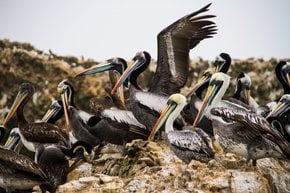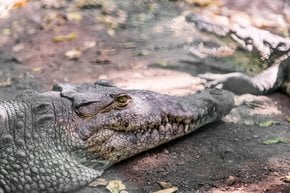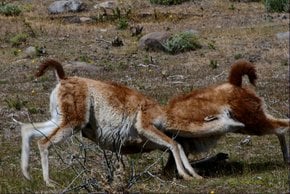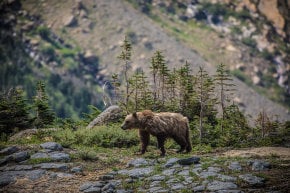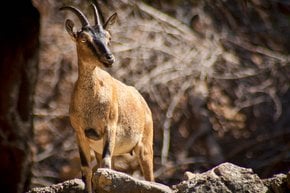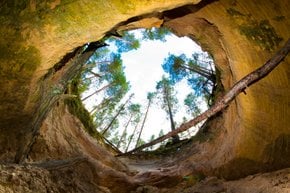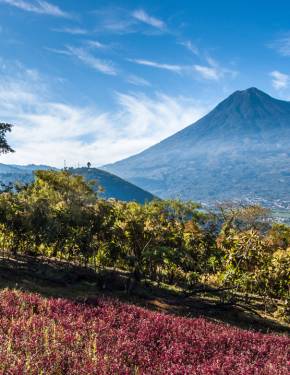Howler Monkeys in Belize 2024-2025
Are you ready to hear the most terryfying howl in your lifetime?
Best time: all year round
The howler monkey is commonly called baboon in Belize. One of the largest monkey species in North and South America is also the loudest primate in Belize. Their scary howls are heard for miles, especially in the mornings, when they serve as a wake-up call for the jungle. Howler monkeys are also quite loud in the evenings and before it rains. Hence mornings and evenings are the best times to spot these curious animals.
Belize is lucky to have one of the largest howler monkey populations in Central America. They can be spotted year-round along the Monkey River, which got its name for a reason. Monkey River tours depart from Placencia Village in southern Belize. Nearby Cockscomb Basin Wildlife Sanctuary is another spot where monkeys strive despite a considerable jaguar population. Finally, loud black howler monkeys are abundant at Community Baboon Sanctuary, located 31 mi (50 km) northwest of Belize City on the Northern Highway, a special conservation area located in the jungle.
Black howler monkeys feed on fruits, flowers, nuts, and other plants. They are hunted by jaguars and large snakes and live in large families of up to ten members, howlers reach about 3 ft (1 m) in length and weigh about 15 lbs (7 kg). They are very fast jumpers and good swimmers. Their lifespan is about 20 years.









